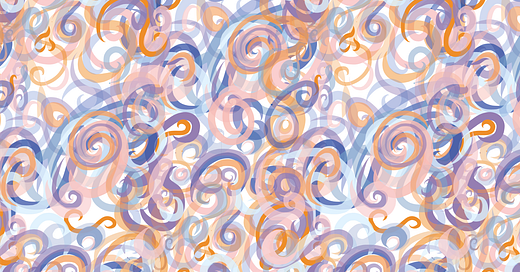The unbearable heaviness of meeting clutter and what you can do about it
(the value of key facilitation techniques)
Clutter creates chaotic and disorderly spaces. Usually clutter is made up of objects –like too many things around your house. But in terms of collaboration, clutter can occur in terms of too many meetings without enough focus.
And clutter, science tells us, can be stressful. There’s a growing body of evidence that clutter can decrease mental well being.
Physical clutter can result from over-attachment to personal items. We could say that meeting clutter results from over-attachment to ‘the way we’ve always done it’. Despite meeting disasters we experience—and you know you’re guilty of occasionally running a bad meeting—we persist in scheduling more meetings to aid the collaboration process, when really we’re cluttering it up. We reach a point where we dread getting people together because meetings actually disable collaboration when:
People don’t participate, or aren’t engaged in the meeting – they might even be doing other work
People experience an overload of meetings
Disappointment and anger from meeting clutter can linger for hours after a bad meeting and require ‘recovery’ time
But what else can you do?
You can incorporate facilitation techniques to run better sessions that use a tested framework, proven ways of working, and activities that get results. These techniques work for in-person, hybrid or remote sessions and include:
giving everyone time to jot down ideas individually first, in a ‘silent & solo’ period, before sharing ideas
visualise discussions — capturing the ideas on sticky notes helps everyone track and build on ideas. That’s easier than trying to hold multiple ideas in the front of your mind for an hour or more.
use time-boxing to keep the process moving. For example, silent & solo sessions are typically about 3 minutes long, clustering the ideas into themes could range from 4-6 minutes.
And you know how you can get a professional organiser to de-clutter your house? Well, you can get a facilitator to declutter your meetings. A facilitator brings other benefits, including:
letting you participate more fully than if you’re running the meeting
intervening and keeping things on track more neutrally
removing the burden from the team of worrying about the meeting’s ‘process,’ leaving them free to do the work they’re meant to do
In the comments tell me whether you’ve experienced meeting clutter.





I've absolutely experienced meeting clutter - and I can hardly remember the last meeting I've had with more than three people in which people weren't actively working on other stuff in the background! I think putting this kind of thought and structure into meetings would be a brilliant move for my office.